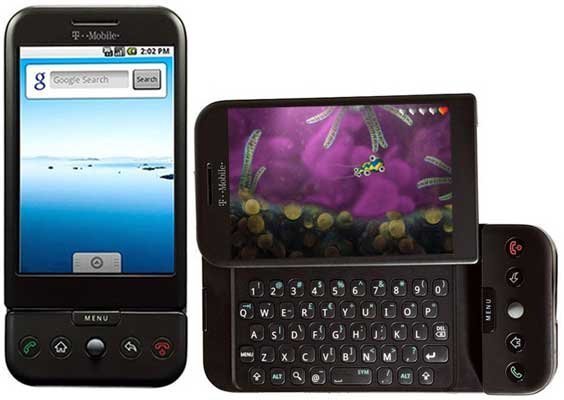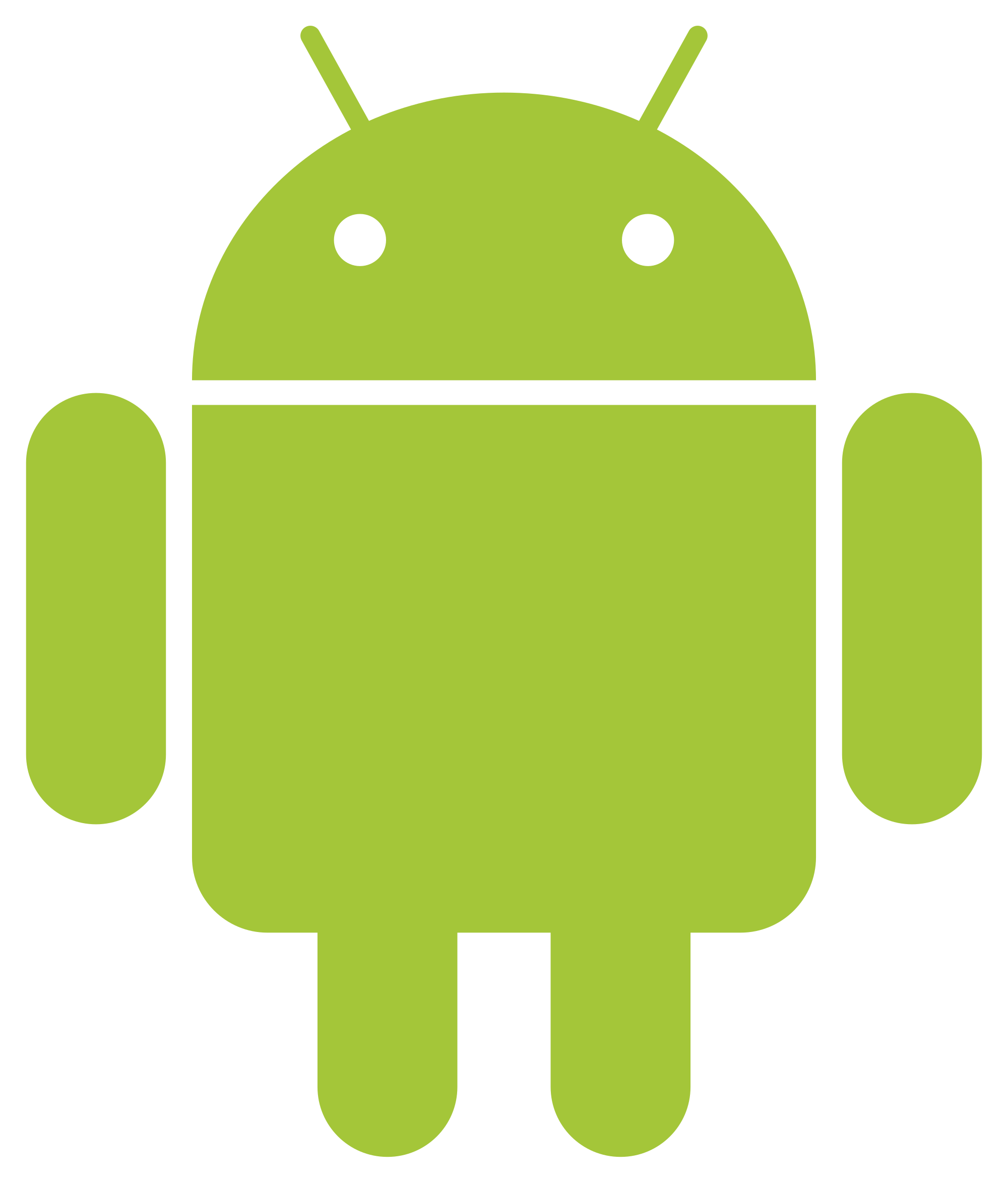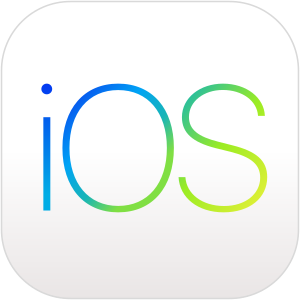Web applications have been around for quite a while now. The most common examples include email clients, shopping carts, word processors, etc. Services like Gmail, Google Docs and Office 365 are highly popular and used by millions of people everyday, due to their accessibility and ease of use.
A lot of the web apps today have also mobile versions of them. Android and iOS, the two most popular mobile operating systems, have an access to a huge range of various apps, each dedicated to something. Apps for photo editing, like Photoshop Express, email clients, like Gmail, and many more. Due to how the apps are made today, web apps can be easily ported onto mobile devices with slight tweaks.

Mobile apps started out back in the early 90s. With the release of Psion EPOC, a handheld computer, users got access to programs like word processor, database, spreadsheet and diary. Later on, a more powerful model came out, running 32-bit OS and 2MB of RAM, which allowed users to add additional apps via software packs, or download them if they had access to a modem.As EPOC was made in Open Programming Language, it allowed users to create their own apps. The language would also become a backbone of Symbian OS later on.

In 1998 Symbian was developed as closed-source OS, and later on became became open-source, although at this point it was already loosing market share. Nevertheless, it was a huge step in mobile apps, as it allowed for download of various apps, like internet browsers, notepads, calendars, and even games. It was most commonly implemented by Nokia in their phones. What killed Symbian was the fact that it became open source too late in its life, and also the fragmentation of apps, as each vendor implemented their own app version that was not compatible with other vendor’s. It was later on replaced by Windows Phone, which was never a huge success in the first place.
Windows Phone was doomed to fail from the beginning, due to the lack of app support it received from the beginning. Creating apps for Windows Phone was cumbersome and no one wanted to invest time in doing so, especially with it taking up an insignificant part of the mobile market share. Sometime in 2014 Windows Phone was scrapped completely, and became replaced by a Windows 10 Mobile in 2015. This allowed the creation of the apps to be easier and more streamlined, but at this point it was too late and nothing could have saved Windows phones. Windows 10 Mobile was announced for closing and is scheduled to stop receiving updates on December 10, 2019.

In 2007 is when the mobile app market really took off. With the release of iPhone 2G. Initially without an AppStore, it presented great potential. In 2008 the AppStore was launched with 500 apps in it.

In September of 2008, HTC Dream was launched. World’s first commercially available Android device. Google Play Store was launched a few months beforehand, so it came with it, initially known as Android Market.

In 2010 Microsoft tried to compete with iOS and Android with its Windows Phone OS, but it was quickly discontinued after only 3 years, due to the failure to gain market share. Its greatest legacy today is the flat design present in the operating system, that is now widely implemented by many companies, most notably Google.

2010 is also the year iPad was released, revolutionizing the way mobile app design is made for individuals and businesses.
:max_bytes(150000):strip_icc()/1st-generation-ipad-5b54aae646e0fb005b060759.jpg)
In 2014 Apple Watch and Android release wearable apps, that are smaller versions of the smartphone apps, that can be operated on your smartwatch. Apps like Gmail or Messaging allow you to reply directly from your wrist, using the on-screen keyboard on your voice. You can also see your phone notifications without the need of taking out your phone.
References
Dle.nrc.ac.uk. (2018). History of Web and Mobile App. [online] Available at: http://dle.nrc.ac.uk/mod/resource/view.php?id=66339 [Accessed 01 Dec. 2018].
Bates, S. (2018). A History of Mobile Application Development – Manifesto. [online] Manifesto. Available at: https://manifesto.co.uk/history-mobile-application-development/ [Accessed 01 Dec. 2018].
A History of Mobile Application Development – Manifesto. [online] Manifesto. Available at: https://manifesto.co.uk/history-mobile-application-development/ [Accessed 01 Dec. 2018].




